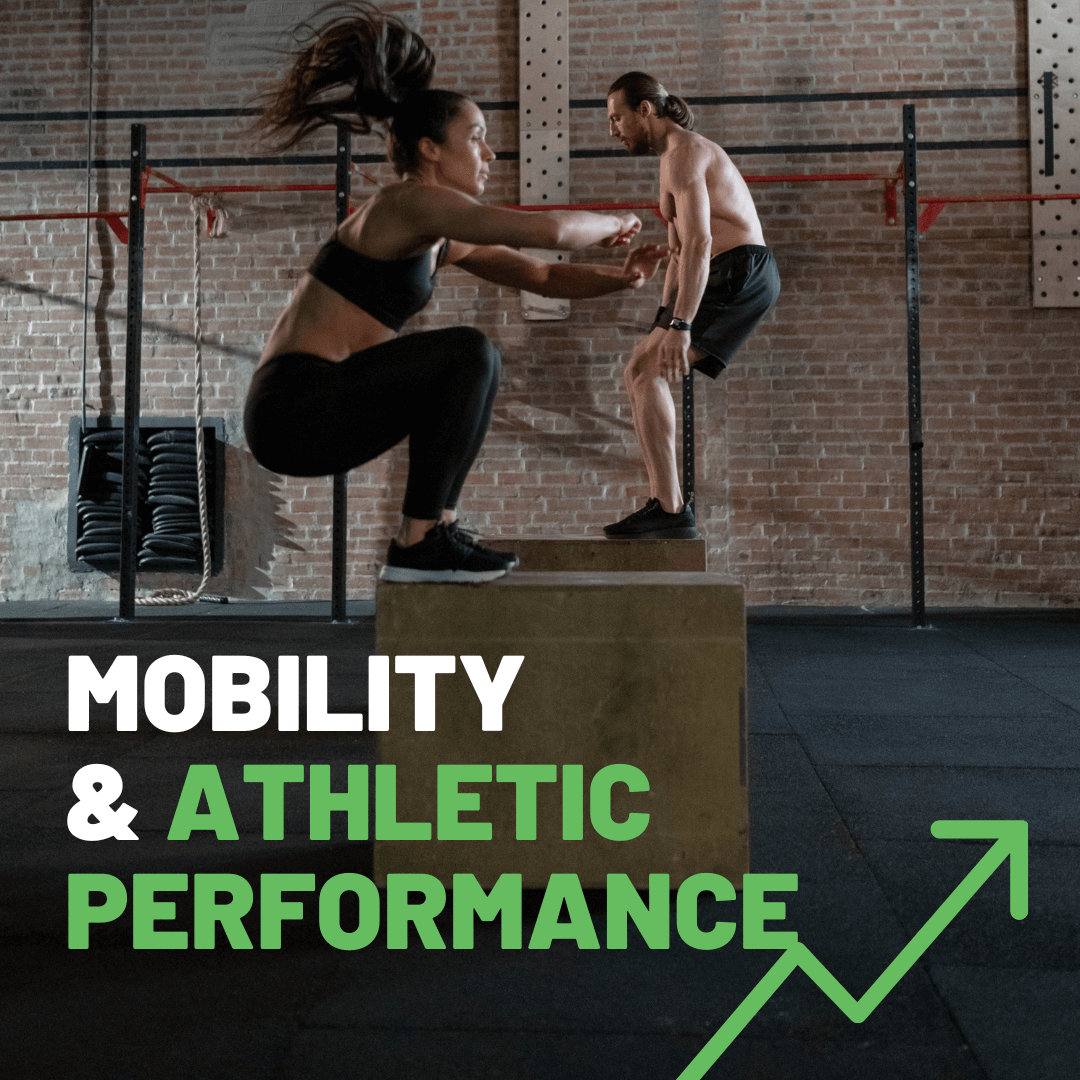Do you want to take your athletic performance to the next level? Mobility exercises can help you do just that. Mobility exercises are designed to help athletes improve their range of motion, flexibility, and coordination. In this blog, we’ll explore how mobility exercises can benefit athletes, common mobility exercises for athletes, and the best tips for increasing mobility.
Benefits of Mobility Exercises
Mobility exercises have a number of benefits for athletes, including:
- Increased Range of Motion: Can help athletes increase their ability to move efficiently, which is important for improving performance and reducing the risk of injury.
- Improved Coordination: Can help athletes improve their balance, timing, and reactivity, which can help them perform better in their chosen activity.
- Improved Performance: Can help athletes become more efficient in their movements, which can lead to less fatigue and more explosiveness.
- Reduced Risk of Injury: Can help athletes reduce the risk of injury by improving their range of motion without unnecessary physical limitations.
Common Mobility Exercises for Athletes
Mobility exercises are different from other types of exercise, such as weight training or endurance training, because they focus on improving the body’s joint range of motion. While there are a number of common mobility exercises for athletes, here are a few great examples:
- Foam Rolling: Foam rolling is a great way to increase mobility and flexibility. It involves rolling on a foam roller to target tight soft tissues and increase range of motion. This works by rehydrating the targeted tissues which then enables better elasticity and normal functioning.
- Dynamic Stretching: Dynamic stretching is a great way to increase range of motion and coordination. It involves performing dynamic movements, such as plyometrics to increase flexibility and range of motion. Even sprinting can be an effective form of stretching tissues by ensuring proper muscular contractions counterbalancing the lengthening of the antagonistic tissues.
- Plyometrics: Plyometrics are a great way to increase speed and power. They involve quickly performing explosive movements, such as jumping and rotational exercises, to increase power and speed.
Mobility Exercise Mistakes + Tips
There are a few common mistakes that athletes make when performing mobility exercises:
Mistakes:
- Not Warming Up: Be sure to warm up before performing any mobility exercises. This will help prevent injury.
- Not Focusing on Form: Make sure you are performing the exercises correctly. Improper form can lead to injury.
- Doing Too Much: Don’t try to do too much too soon. Increase the intensity and frequency of your exercises gradually.
- Over stretching: Stretching certain tissues of the body constantly can actually over-hydrate tissues which can cause them to lose tension and elasticity. This is a common side effect of isometric excessive stretching of tissues and often results in injuries.
Tips:
- Start slow: Start with a few simple exercises and work your way up. Don’t overdo it or you may end up injured.
- Listen to your body: Pay attention to how your body feels during exercises. If something doesn’t feel right, stop and rest.
- Incorporate STAMINAPRO:
- Since STAMINAPRO Electroceutical Patches can be worn before, during, and after activity, they’re perfect for incorporating into every part of your mobility routine! Wear them before to prepare your body for incoming activity, during to proactively target inflammation, and after to speed your recovery process.
Mobility exercises are a great way for athletes to improve their range of motion, flexibility, and coordination. They can help athletes reduce the risk of injury, improve performance, and increase strength.
If you’re an athlete looking to take your performance to the next level, mobility exercises can help you do just that. With the right mobility routine, you can achieve peak performance!




